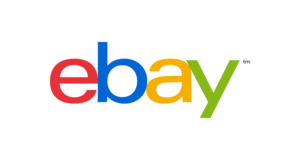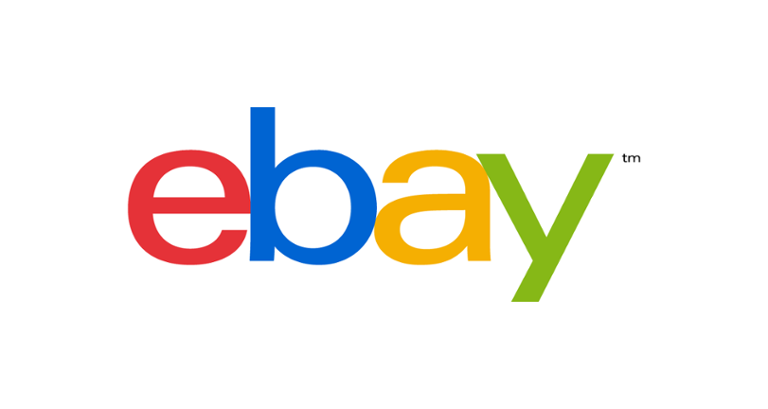The story of how Jack Abraham, while the 20-something head of eBay Local, blew off the company's bureaucracy and redesigned the site to incorporate a
Facebook-like newsfeed into its home page is a good illustration of how a small, passionate team can get things done outside of channels. In this case the stakes were high:
eBay was looking for a way to turnaround its slumping business, and Abraham had an idea of how to do just that.

Before we go further, though, let's understand that most of us don't have the credibility that comes with selling your company to eBay for $75 million, or have direct access to our CEO. So we who work in cubicles probably can't make moves as dramatic as this one. Still, the story shows how a risk paid off -- both for the team that took it and for the company as a whole.
Business Insider's Nicholas Carlson wrote a detailed account of Abraham's effort, from the germination of the idea, to gaining the interest of CEO John Donahoe, to his leading a crash-prototype-building trip to Australia with a hand-picked team of six. Though crazily excited about the idea, Abraham spent much of the two weeks overseas worrying he'd overstepped his bounds and would come home to real trouble. As Carlson writes:
Meanwhile, it wasn’t as though everyone at eBay was going to love the idea of a kid in his 20s, with no authority whatsoever to do so, taking a sledgehammer to the homepage. The trip was going to make him lots of enemies and leave him exposed. He could already imagine the whisper campaign. Did you hear about that obnoxious 25-year-old kid who thought it would be a good idea to fly six people to Australia to live in a luxury penthouse for two weeks on the company’s dime? There were ways of doing things among eBay’s old guard, and this was not one of the ways.
Indeed, Donahoe had only heard Abraham's idea the day before the team left in February 2012. The CEO had put together a senior-level meeting to discuss innovation, and when given an opportunity to pitch an idea, Abraham grabbed it. After the meeting, he and Andy Palmer, who oversaw "buyer experience" for several eBay products, sketched out the notion in more detail. Before the end of their session they decided an extraordinary effort was needed. Given the right team and the right environment, they figured they could quickly build a working prototype. Abraham is nothing if not a fast-mover. Overnight he and Palmer recruited their team. Abraham got on the phone and made arrangements to fly everyone to someplace where they wouldn't be disturbed by the press of normal business -- Sydney, Australia. Without approval, he booked airline tickets through the company's travel service but planned to expense everything else, and hoped the company would pay him back. Abraham is given to such dramatic moves. After joining eBay -- when he sold his company Milo to it in 2010 -- he tore down the cubicles in his team’s assigned building on the company's campus. (Milo was a search engine people could use to find products that were stocked in local stores.) Once in Australia, the team -- most of whom hadn't worked together before -- quickly coalesced. To save money, they stayed in a harbor-front house rented through airbnb. They whiteboarded. They dummied up interfaces. They put together the prototype. They came home. Five days later, Abraham sat down with Donahoe. The CEO asked "Where are you in the process?" In reply, Abraham showed him the prototype. "Jack," Donahoe said at the end, "I think this is the future of eBay." The idea was pitched to the eBay board, which was enthusiastic. Andy Palmer was given the job of making it happen. The feed become a key feature of eBay that, says Carlson, "made the site a more valuable tool, bringing increased sales and engagement." Abraham's since left eBay to work on his own ideas, which he won't discuss. Carlson doesn't say it, but I suspect Abraham didn't have much trouble getting his expenses approved.
 Before we go further, though, let's understand that most of us don't have the credibility that comes with selling your company to eBay for $75 million, or have direct access to our CEO. So we who work in cubicles probably can't make moves as dramatic as this one. Still, the story shows how a risk paid off -- both for the team that took it and for the company as a whole. Business Insider's Nicholas Carlson wrote a detailed account of Abraham's effort, from the germination of the idea, to gaining the interest of CEO John Donahoe, to his leading a crash-prototype-building trip to Australia with a hand-picked team of six. Though crazily excited about the idea, Abraham spent much of the two weeks overseas worrying he'd overstepped his bounds and would come home to real trouble. As Carlson writes:
Before we go further, though, let's understand that most of us don't have the credibility that comes with selling your company to eBay for $75 million, or have direct access to our CEO. So we who work in cubicles probably can't make moves as dramatic as this one. Still, the story shows how a risk paid off -- both for the team that took it and for the company as a whole. Business Insider's Nicholas Carlson wrote a detailed account of Abraham's effort, from the germination of the idea, to gaining the interest of CEO John Donahoe, to his leading a crash-prototype-building trip to Australia with a hand-picked team of six. Though crazily excited about the idea, Abraham spent much of the two weeks overseas worrying he'd overstepped his bounds and would come home to real trouble. As Carlson writes:


